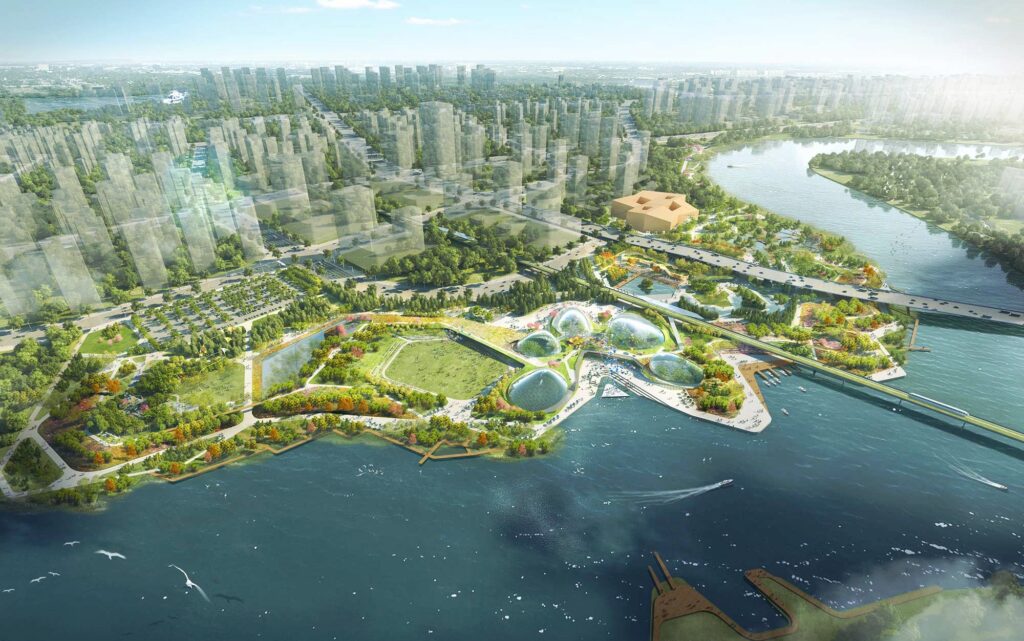ASIA PACIFIC NEED TRANSITIONS TOWARDS SUSTAINABLE ENERGY ECOSYSTEM IN CONFRONTING GLOBAL WARMING

Every aspect of economic and human activity depends on energy. For the global economy to thrive and raise millions out of poverty, a reliable and inexpensive energy supply is essential. But this has come at a cost. Carbon dioxide (CO2) emissions have steadily increased as a result of the continued reliance on fossil fuels for the primary energy source, which has contributed to global warming and climate change.

SOURCE : PwC
Asia Pacific’s vulnerability to climate change has highlighted the need for acceleration of the transition to sustainable energy. A report by PwC, found that, in 2020, decarbonisation in the region was 0.9% and that it needs to fast-track this process to limit global warming to 1.5°C, the goal set out by the Paris Agreement.
The World Bank found that 13 of the 30 countries that most likely to suffer negative effects from extreme weather, including storms, floods, droughts, and heatwaves, are located in this region. The effects are expected to spread throughout industries and communities, creating both immediate and long-term risks to the stability, equity, and growth of the economy and the environment.

SOURCE : WORLD ECONOMIC FORUM
Last year, the 2021 United Nations Climate Conference (COP26) mentioned about the climate crisis, with territories across Asia Pacific making different level of effort to tackle global warming issue. For instance, India, the third-largest carbon emitter in the world, agreed to reduce the intensity of its gross domestic product’s emissions by 45% by 2030. By 2030, Indonesia has committed to making a 29% decrease from current levels and a 41% reduction, subject to international assistance. Following the summit, Australia approved a historic bill committing to reduce emissions by 44% over the same time span under new leadership.
There is no debating the importance of converting to sustainable energy. However, it is also crucial that energy be dispersed as uniformly and widely as possible throughout all regions. Energy transitions must be fair and orderly to avoid harming emerging market GDP growth, causing energy poverty, or jeopardising energy security. This means Asia Pacific-based territories need to be equipped with sufficient institutional capacity to receive large amounts of funds and distribute them appropriately. Additionally, there is a rising need to prioritise important end sectors such as industry, consumers, buildings, transport and cities and to make early investments in digital solutions and technology.
If the world is adamant on reaching net zero targets, it is important that the developed world joins forces with the developing world. It’s important to keep in mind that the industrial world had the distinct advantage of utilizing fossil fuels to develop its economic strength. As part of a net zero transition that puts justice and fairness first, assisting the developing world during this transition is both an act of global solidarity and a moral obligation. Furthermore, it is obvious that the world as a whole will not be able to prevent climate change’s ongoing effects without the assistance of developing worlds towards energy transition.
Since 1998, MEGAJANA has already contributed towards sustainable energy utilization by supplying centralized chilled water to the buildings in Cyberjaya. Electricity consumption especially on building cooling system can be reduced significantly through this DCS system and it is estimated 7,000 tonne CO2 emission reduced in 2021. Read more on the benefits of district cooling system here.